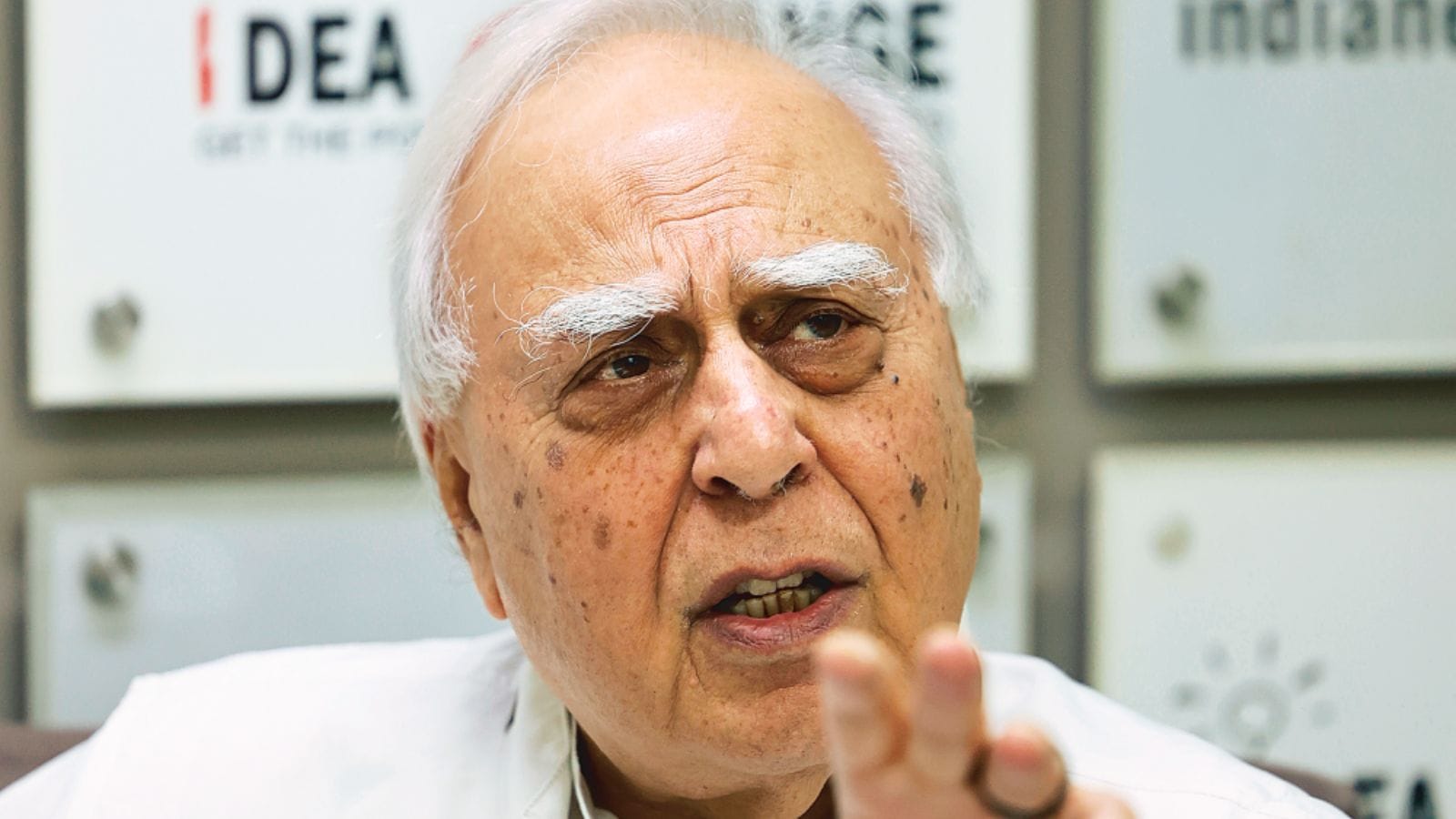The Wellness Divide: How Inequality Fuels Anti-Science Beliefs in America's Health Landscape

The pursuit of health and wellness is often portrayed as a universal aspiration. However, a compelling new book exposes a stark reality: in America, health has increasingly become a luxury commodity, and this disparity is deeply intertwined with the rise of anti-science conspiracy theories. This isn’t simply about access to organic food or expensive gym memberships; it’s about a systemic issue where socioeconomic factors dramatically impact health outcomes and influence perceptions of scientific expertise.
The book, drawing on extensive research and compelling personal stories, argues that the widening gap between the health haves and have-nots has created fertile ground for distrust in established medical institutions and scientific consensus. When individuals feel ignored, underserved, or actively disadvantaged by the healthcare system, they are more likely to seek alternative explanations, often finding solace in narratives that challenge conventional wisdom. These narratives, frequently rooted in misinformation and conspiracy theories, can have devastating consequences, impacting everything from vaccination rates to the adoption of preventative health measures.
The Roots of the Problem: Healthcare Inequality
The core issue lies in the unequal distribution of resources and opportunities. Factors like poverty, lack of access to quality education, geographic location, and racial discrimination all contribute to significant health disparities. People living in underserved communities often face barriers to accessing preventative care, nutritious food, and safe environments, leading to higher rates of chronic disease and poorer overall health. This creates a sense of frustration and powerlessness, making them more susceptible to messages that blame external forces or question the validity of established science.
The Rise of Wellness as a Status Symbol
Simultaneously, the wellness industry has exploded, transforming health into a highly marketable commodity. Luxury retreats, personalized nutrition plans, and cutting-edge biohacking technologies are promoted as pathways to optimal health, often catering to a wealthy clientele. This emphasis on individual responsibility and expensive interventions further marginalizes those who lack the financial means to participate, reinforcing the perception that health is a privilege, not a right. It also creates a culture where perceived 'wellness' becomes a status symbol, further exacerbating social divisions.
Conspiracy Theories and Distrust in Science
The combination of healthcare inequality and the commodification of wellness has fueled a climate of distrust in science. When individuals feel that the system is rigged against them, they are more likely to question the motives of experts and embrace alternative narratives, even if those narratives are demonstrably false. The book highlights how these conspiracy theories are not simply fringe beliefs; they are often deeply embedded in broader social and political anxieties, reflecting a sense of alienation and disenfranchisement.
Looking Ahead: Addressing the Wellness Divide
The book doesn't offer easy solutions, but it does underscore the urgent need for systemic change. Addressing the wellness divide requires a multi-faceted approach that prioritizes equitable access to healthcare, invests in public health education, and combats the spread of misinformation. It also demands a critical examination of the wellness industry and its role in perpetuating social inequalities. Ultimately, ensuring that health is a right, not a luxury, is essential for creating a more just and resilient society. It’s time to move beyond individual responsibility and acknowledge the systemic factors that shape our health and well-being.






